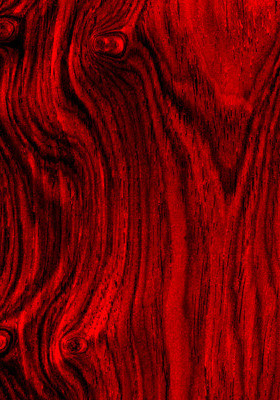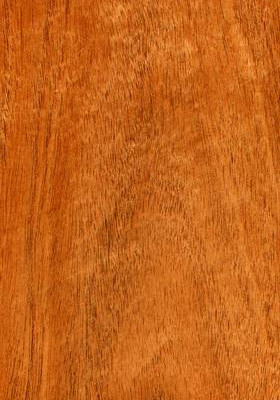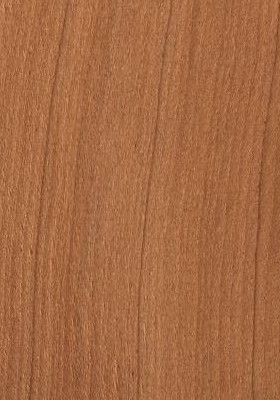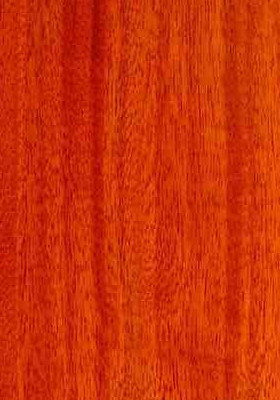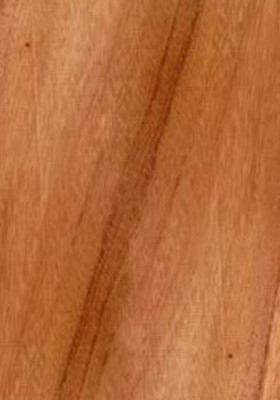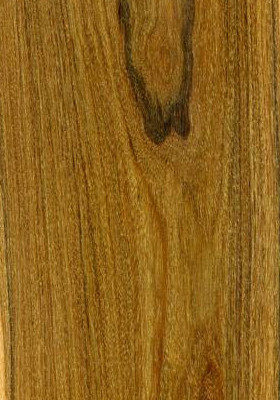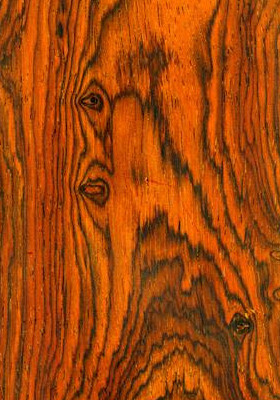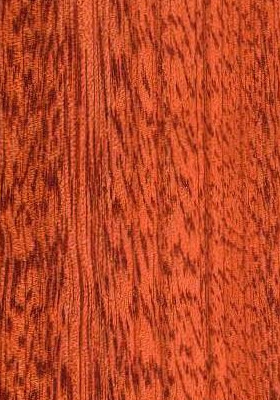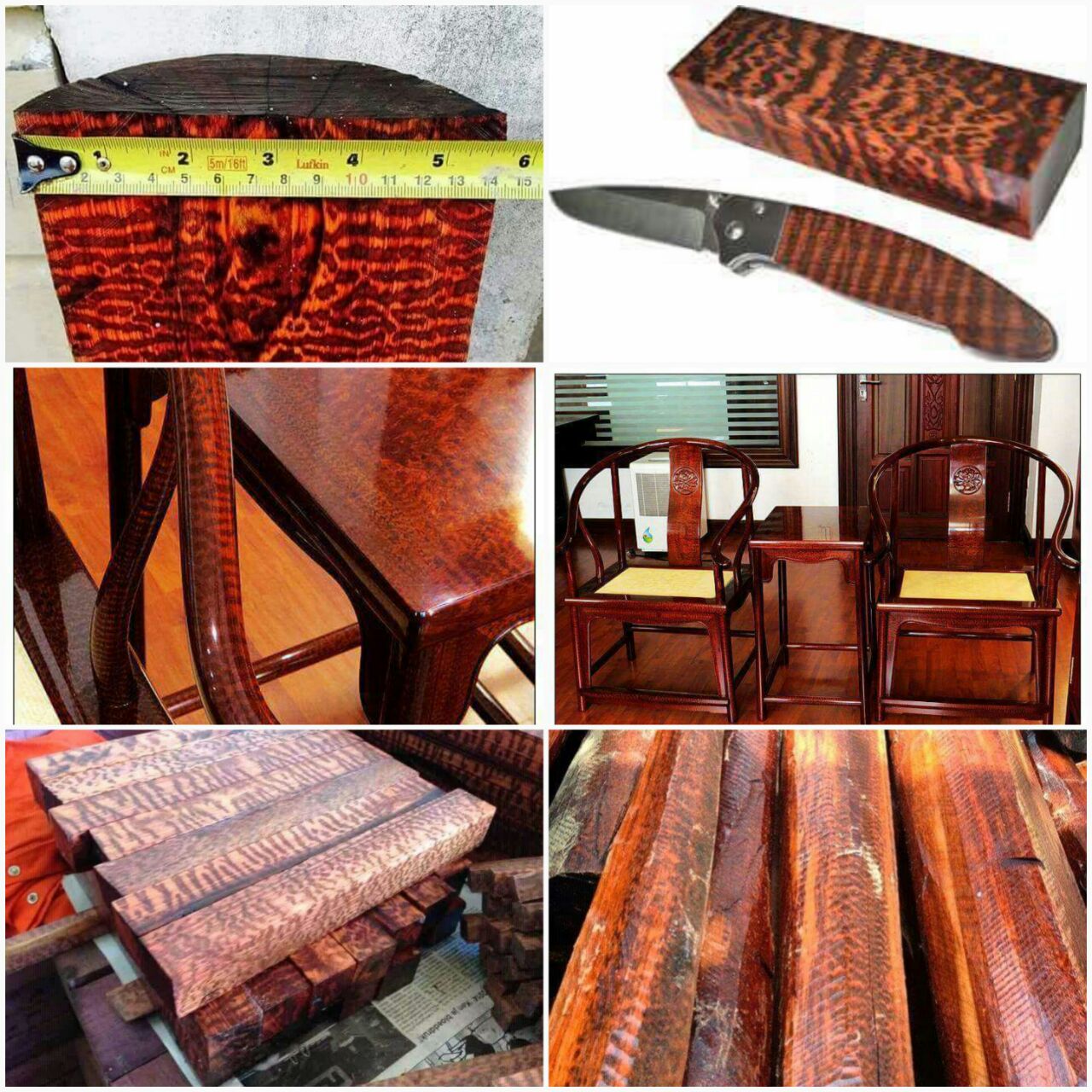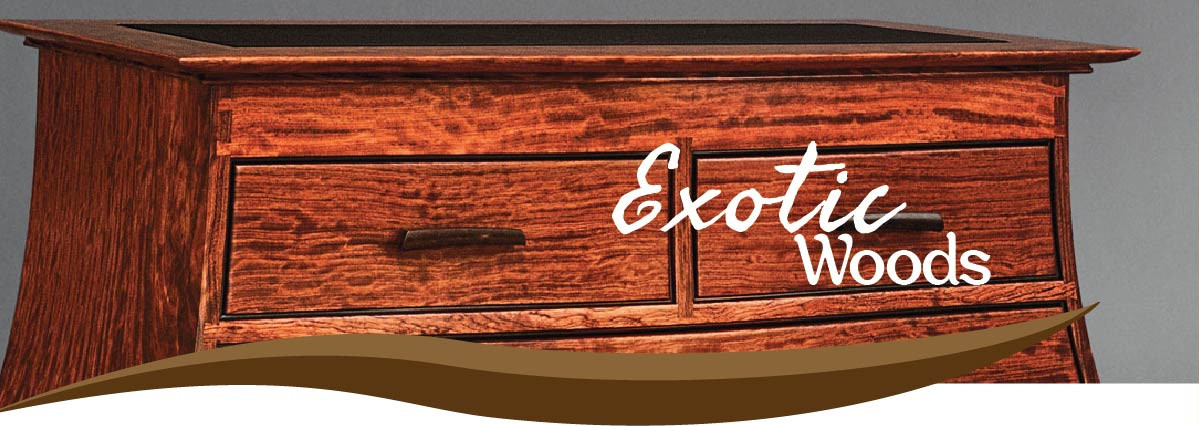
EXOTIC WOODS FROM CENTRAL AMERICA
The rain forests of Central America are home to a great diversity of tropical hardwoods. One of the best-known Central American woods is COCOBOLO (Dalbergia retusa), one of the best timbers in the world with a heartwood of variable colors ranging from black, through red and orange, to yellow.Another spectacular wood is the Spanish-cedar (Cedrela odorata and other Cedrela species). It has aromatic wood, resistant to rot and termites. Spanish-cedar is in the mahogany family, which brings us to another important Central American wood, mahogany (3 species of Swietenia), treasured for its rich, dark, reddish color. A mahogany-paneled office indicates a very successful businessman, as this wood is costly as well as beautiful. Another of the best Central American woods is Honduran rosewood (Dalbergia stevensonii and Dalbergia tucurensis). All these EXOTIC woods and many more hardwoods are our company ́s special portfolio.
Common Name(s): Cocobolo, Cocobola, Cocabola; Scientific Name: Dalbergia retusa; Distribution: Central America; Color/Appearance: Cocobolo can be seen in a kaleidoscope of different colors, ranging from yellow, orange, red, and shades of brown with streaks of black or purple. Sapwood is typically a very pale yellow. Colors are lighter when freshly sanded/cut, and darken with age; Common Uses: Fine furniture, musical instruments, turnings, and other small specialty objects; Comments: One of today’s most prized lumbers for its outstanding color and figure.
HONDURAN ROSEWOOD (Dalbergia stevensonii)
Common Name(s): Honduran Rosewood, Honduras Rosewood; Scientific Name: Dalbergia stevensonii Distribution: Belize and Guatemala; Color/Appearance: Heartwood color can range from a deep brownish-purple to a light-brown. Most common is a brownish-mauve color. Clearly demarcated sapwood is a pale yellow; Common Uses: Fine furniture, musical instruments, veneer, turned and other specialty wood objects; Comments: Honduran Rosewood is known for its acoustic properties, possessing an excellent tap-tone, making it well-suited for acoustic guitars, xylophone keys, and other acoustic musical instruments.
MAHOGANY (Swietenia macrophylla)
Common Name(s): Honduran Mahogany, Honduras Mahogany, American Mahogany, Genuine Mahogany, Big-Leaf Mahogany, Brazilian Mahogany; Scientific Name: Swietenia macrophylla Distribution: From Southern Mexico to central South America; Color/Appearance: Heartwood color can vary a fair amount with Honduran Mahogany, from a pale pinkish brown, to a darker reddish brown. Color tends to darken with age. Mahogany also exhibits an optical phenomenon known as chatoyancy.
SANTOS MAHOGANY (Myroxylon balsamum)
Common Name(s): Santos Mahogany, Cabreuva; Scientific Name: Myroxylon balsamum; Distribution: Southern Mexico and Central and South America; Color/Appearance: There is a fair degree of color variation between boards of Santos Mahogany, ranging from a lighter golden brown to a darker purplish red or burgundy. The color tends to turn more red/purple with age;Common Uses: Flooring, furniture, interior trim, and heavy construction.
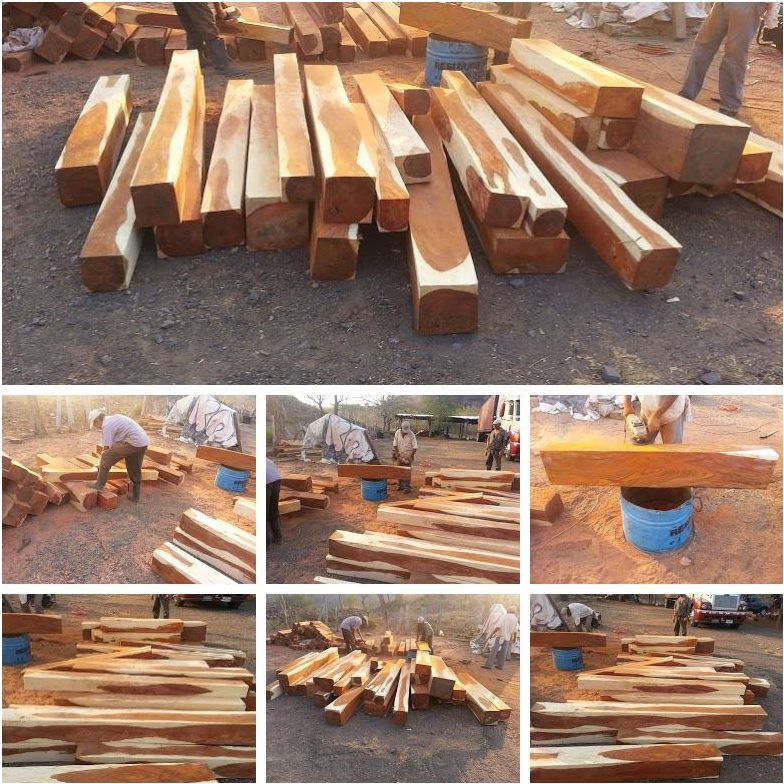
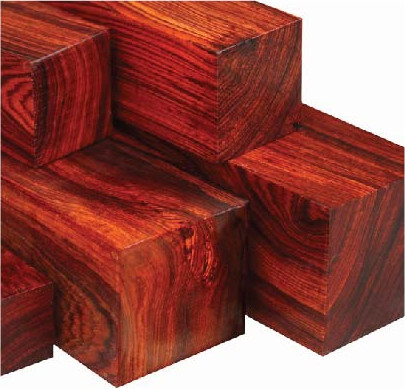
Common Name(s): Spanish Cedar, Cedro; Scientific Name: Cedrela odorata; Distribution: Native to Central and South America and the Caribbean; Color/Appearance: Heartwood is a relatively uniform light pinkish to reddish brown colors tend to darken with age; Common Uses: Veneer, plywood, cabinetry, musical instruments, (flamenco and classical guitars), humidors, and boatbuilding.
CONACASTE (Enterolobium cyclocarpum)
Common Name(s): Guanacaste, Parota; Scientific Name: Enterolobium cyclocarpum Distribution: Primarily Central America, as well as Mexico and northern South America; Color/Appearance: Heartwood is light to medium brown, sometimes with a reddish hue. Darker streaks of brown are sometimes present. Sapwood is pale yellow and is clearly demarcated from the heartwood; Common Uses: Furniture frames, table slabs, boatbuilding, millwork, and turned objects.
PRIMAVERA (Cybistax donnell-smithii)
Common Name(s): Primavera, Prima Vera also as White Mahogany.; Scientific Name: Roseodendron donnell-smithii (syn. Cybistax donnell-smithii, Tabebuia donnell-smithii); Distribution: Central America (Also grown on plantations); Color/Appearance: Usually ranges from a pale cream color to a golden yellow. Color tends to darken and redden with age. Can exhibit a ribbon-like chatoyant grain pattern similar to quartersawn Sapele; Common Uses: Veneer, furniture, cabinetry, and interior trim.

